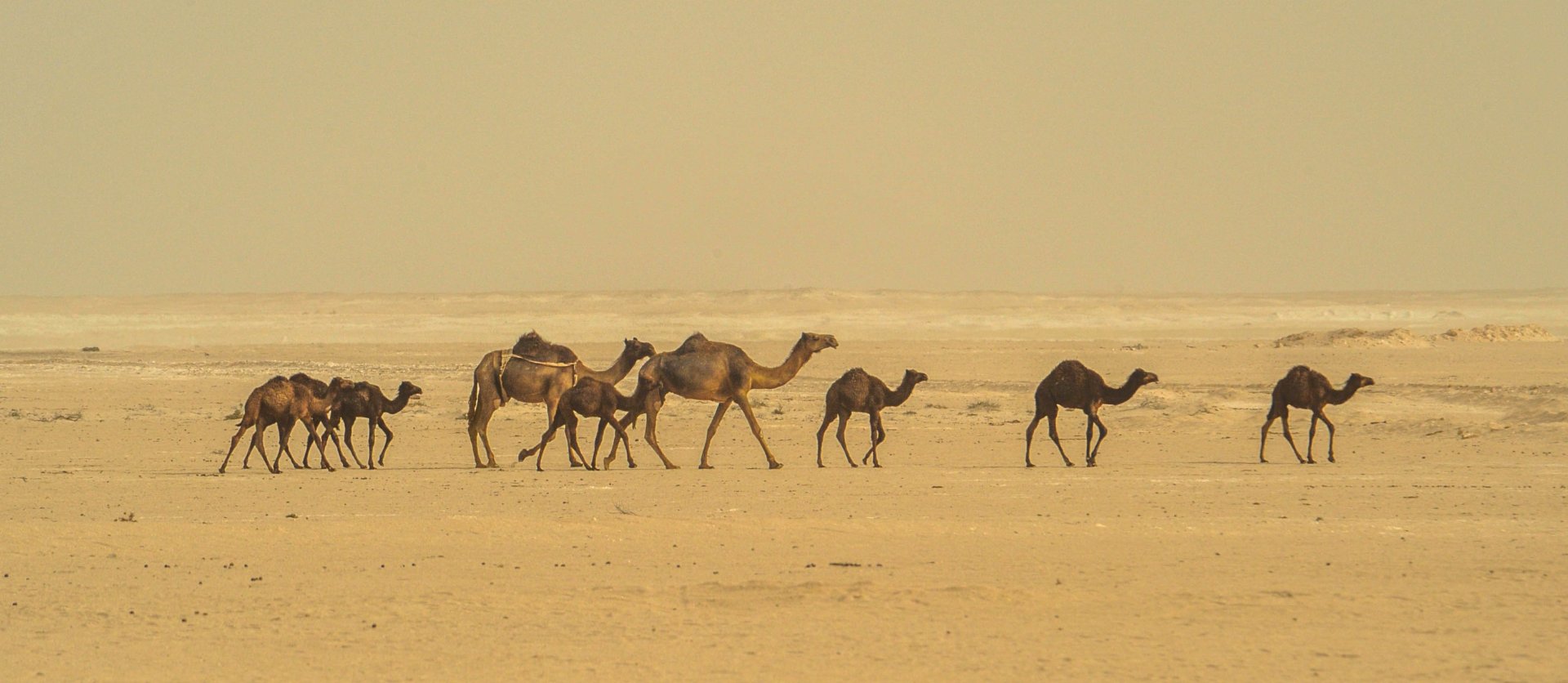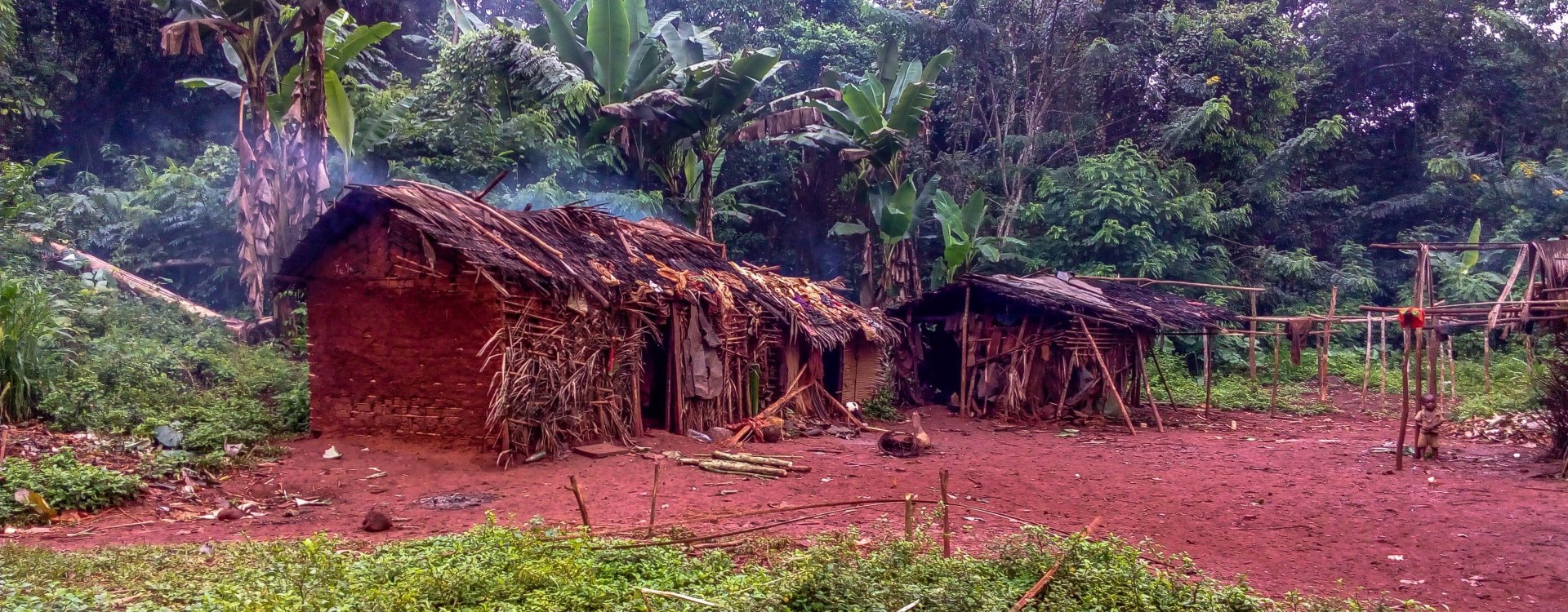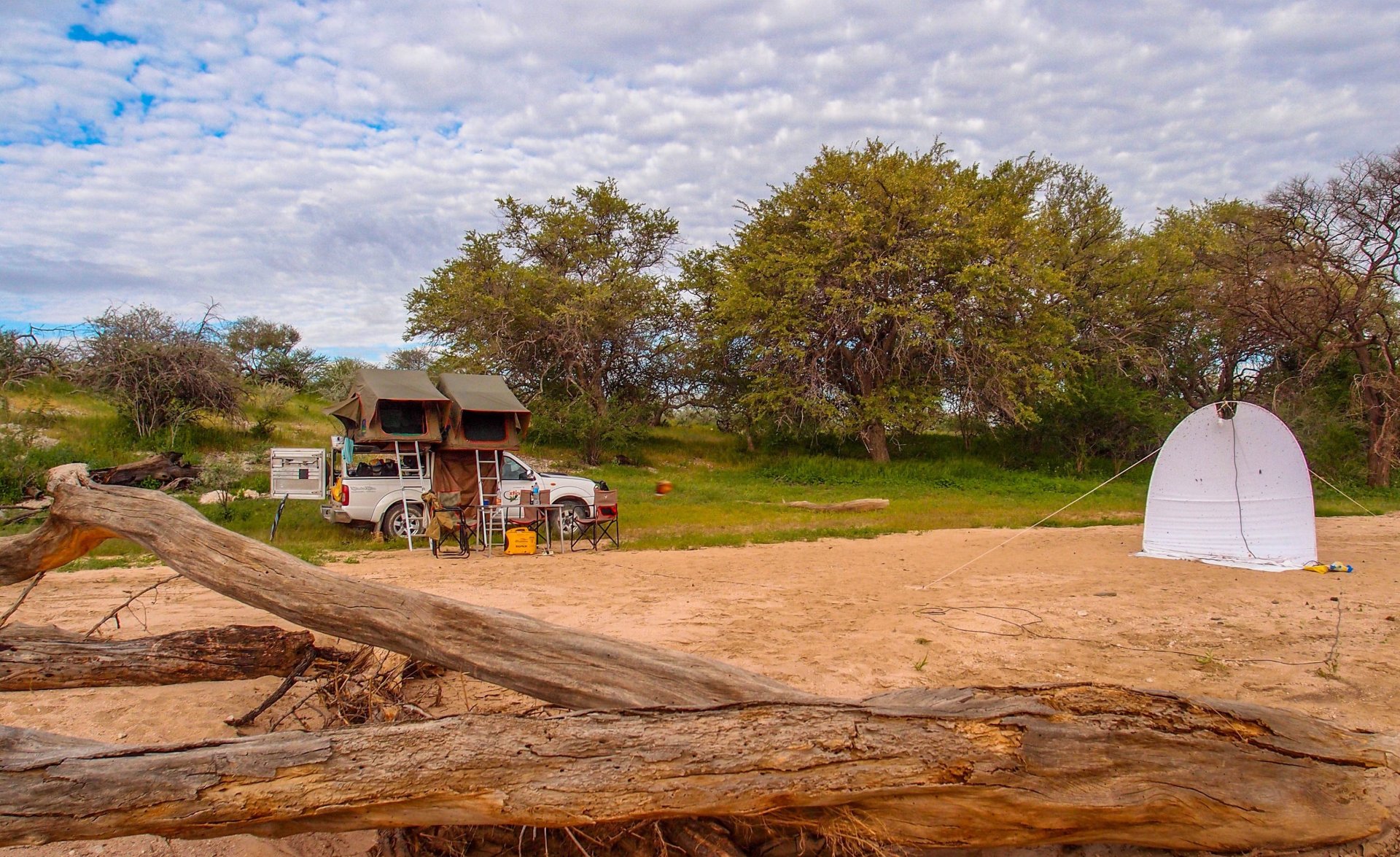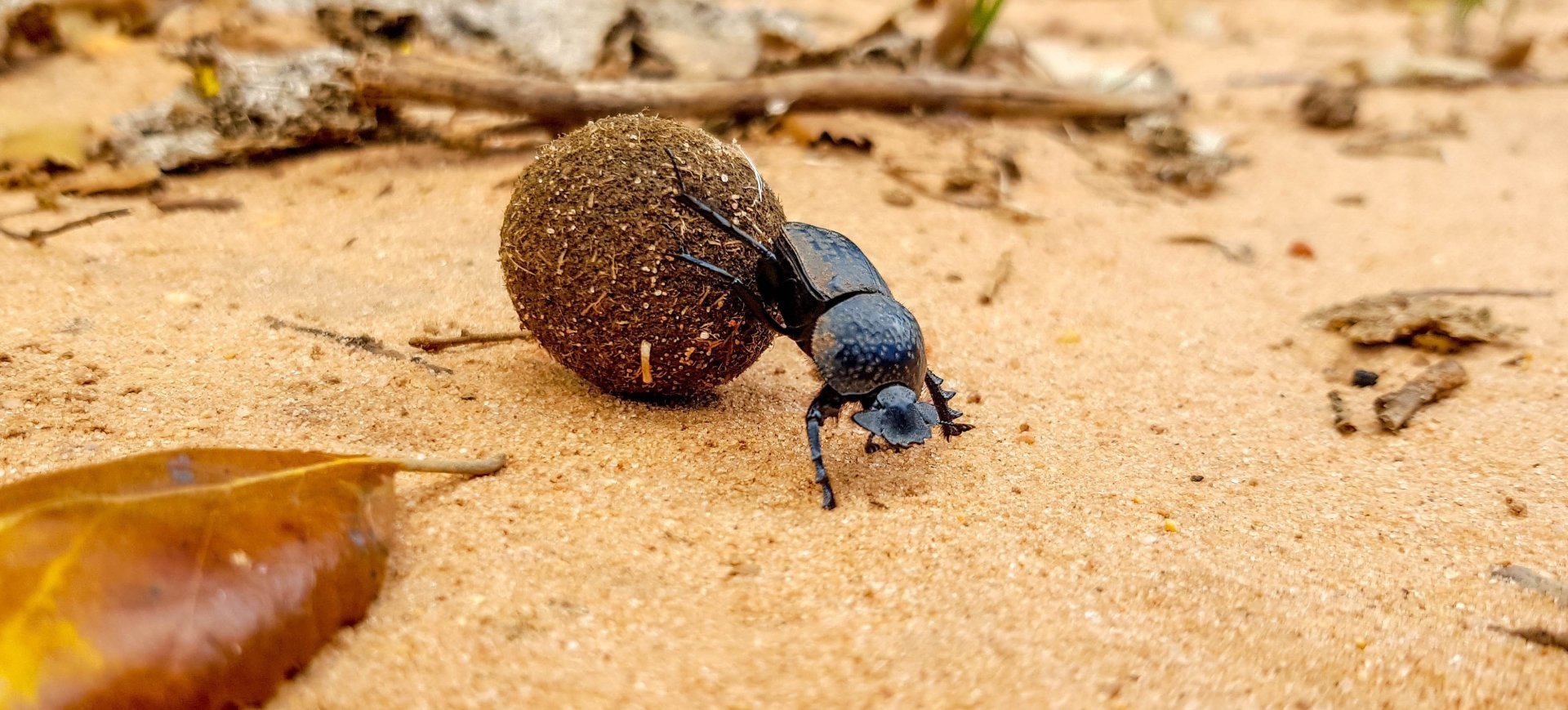Chobe National Park is one of the most famous and popular national parks in Botswana, known for its rich wildlife and breathtaking landscapes. Located in the northern part of the country, Chobe is renowned for its large elephant population and offers some of the best safari experiences in Africa.
Geography and Location
- Chobe National Park is situated in northern Botswana, near the borders of Zambia, Zimbabwe, and Namibia, making it easily accessible from multiple countries in southern Africa.
- The park covers an area of approximately 11,700 km² and includes a variety of ecosystems, from rivers and wetlands to dry savannas and woodlands.
- The Chobe River, which forms the northern boundary of the park, is a critical water source and attracts large numbers of animals, especially during the dry season.
Biodiversity and Wildlife
Chobe National Park is famous for its incredible concentration of wildlife:
- Elephants: The park is home to one of the largest elephant populations in Africa, with an estimated over 120,000 elephants. The dry season is the best time to see these majestic creatures congregating along the Chobe River.
- Lions: Lions are commonly sighted in the park and are one of the main attractions for visitors.
- Herbivores: Large herds of zebras, buffaloes, antelopes, and giraffes roam the park, drawing many predators.
- Birdlife: Chobe is a birdwatcher's paradise with over 450 bird species, including herons, kingfishers, and eagles.
Climate
- Chobe has two main seasons: the dry season (May to October) and the wet season (November to March).
- The dry season is the best time for safari, as animals gather near water sources, making them easier to spot.
- During the wet season, the park transforms into a lush, green landscape, attracting a variety of birds, though game viewing becomes more challenging due to dense vegetation.
Beetles







